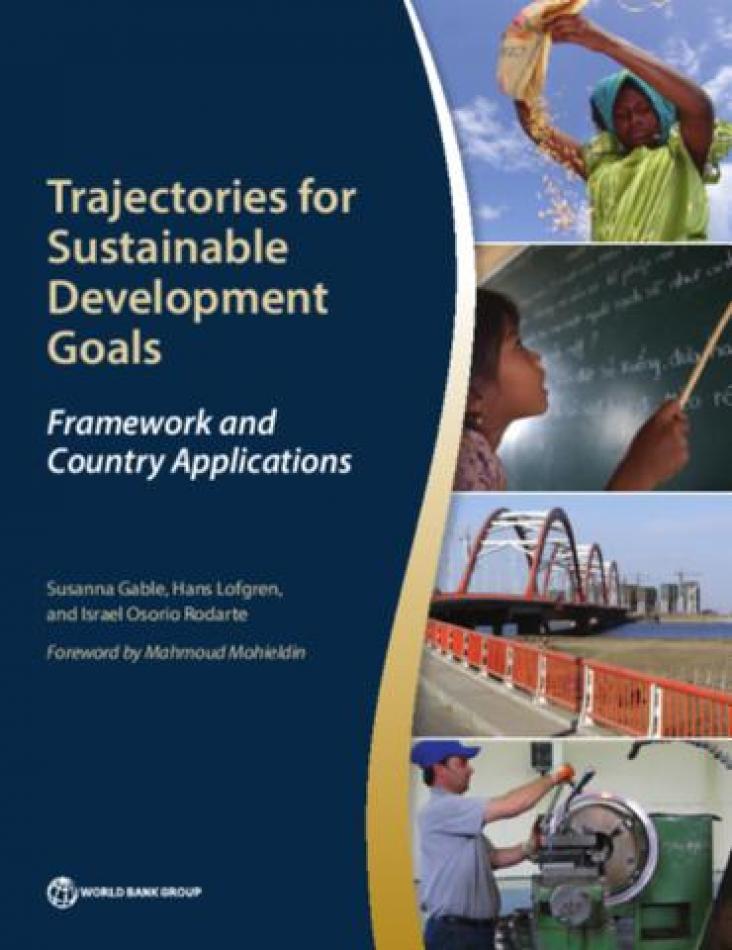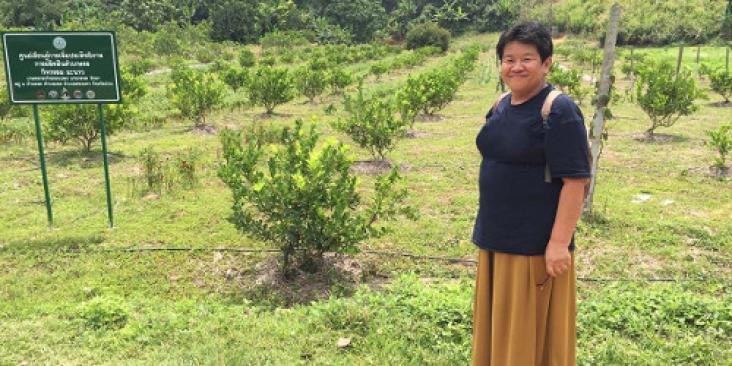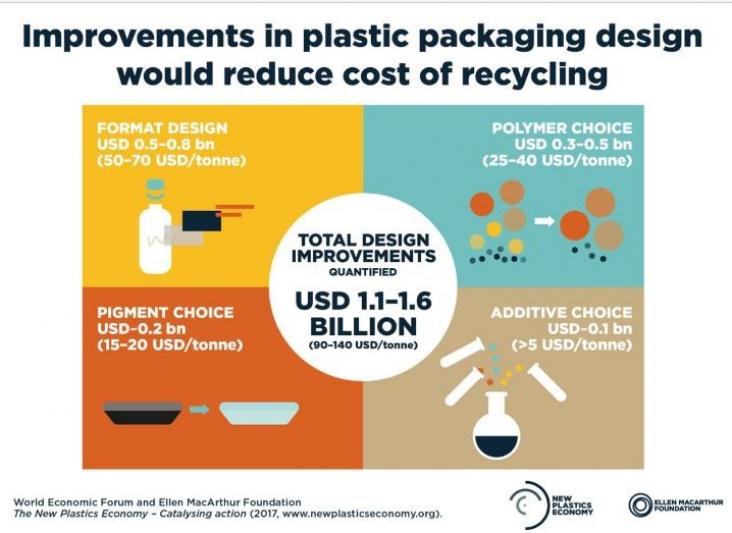
This book presents the country development diagnostics post-2015 framework, developed by the World Bank Group to assess the country-level implications of the post-2015 global agenda, as well as brief, ‘at-a-glance’ applications of the framework to ten countries: Ethiopia, Jamaica, the Kyrgyz Republic, Liberia, Nigeria, Pakistan, Peru, the Philippines, Senegal, and Uganda.
Today, accredited zoos are not just places for entertainment, they are actively involved in research for conservation and health.

Many countries are experiencing economic benefit from a surge in tourism, but once pristine landscapes are changing and local communities rarely benefit from the tourism, and instead run the risk of losing their livelihoods. Researchers in Thailand are investigating “creative tourism” – creative, sustainable approaches to tourism, that enable producers and consumers to relate and get value from their connections. This supports the tourism elements of SDGs 8, 12 and 14.
The increasing popularity of marine wildlife tourism (MWT) worldwide calls for assessment of its conservation outcomes and the development of appropriate management frameworks to ensure the conservati

Marine plastic pollution has been a growing concern for decades. Single-use plastics (plastic bags and microbeads) are a significant source of this pollution.

Photos of a beach on Henderson Island in the Pacific Ocean provides yet more evidence of the detrimental impact that packaging and other plastics waste is having on the environment globally. Creating a virtuous circle out of what, until now, has largely been a chain of production from feedstock to consumer will not be easy. But it is the innovation aspect that has fired the imagination of producers, processors and corporate consumers of plastics packaging. This fits with SDG 9.4 to upgrade infrastructure and retrofit industries to make them sustainable, with increased resource-use efficiency and greater adoption of clean and environmentally sound technologies and industrial processes and SDG 7 Affordable and Clean Energy.
This literature review identifies the impacts of different renewable energy pathways on ecosystems and biodiversity, and the implications of these impacts for transitioning to a Green Economy.
This book chapter advances SDG 14 by providing an overview of the methods for monitoring stream temperature, characterization of thermal profiles, and modeling approaches to stream temperature prediction. The development of spatially explicit predictive models provides a framework for simulating natural and anthropogenic effects on thermal regimes, which is integral for the sustainable management of freshwater systems.
This book chapter advances SDG 14 by outlining the use of behavioral observations, gut content and fecal analyses, morphological measurements, and stable isotopes for drawing inferences about the trophic ecology of stream fishes. These methods allow insights at the level of individuals, populations, communities, and entire food webs. Using multiple methods in concert provides a rich perspective on how dietary differences among fish species affect stream ecology.
Global food security is a priority for the future development agenda of the United Nations.
